Moa
Lying hidden beneath the farmland of Kapua are remnants of moa bones. The site was excavated in the 1890s and again in 1984.
Kapua is 8km South West of Waimate, through the gorge on State Highway 87. Turn left on Kapua Road and you’ll find an information panel you can read while overlooking the area.
The Kapua birds all died naturally, over several generations. It was a feeding area dotted with spring holes connected to a ground water supply.
Unlucky Moa grazing across the swamp, where vegetation covered the holes, would fall leg and bottom first into a hole, and be unable to lever themselves out, being wingless.
They would die, and after the birds decomposed, the bones would fall down the spring hole. The birds at Kapua have been dated from 1014-714BC.
The first bones were discovered by the land owner, Mr MacDonald, while clearing a spring hole for a water supply. Professor Hutton of Canterbury Museum saw the newspaper articles about the find and bought the excavation rights for £20 pounds.
During the 1890s excavations at least seven railway wagons of bones were taken away, with estimates that 2.5 million bones were removed.
In March 1984 the Waimate Historical Society, under the supervision of the Canterbury Museum, carried out a second excavation of this site.
This created a great deal of interest in the District, and local residents joined with members of the Historical Society to help recover bones.
Several school groups visited the site with one child asking if the bones would be any good for soup!
You can visit the Waimate Museum to find out more about the bones found in the area, and actually hold a moa bone.
Have a look at this video from 1984, are you in it?
The Excavation of Moa Bones at Kapua
Produced by Waimate Museum and Archives

